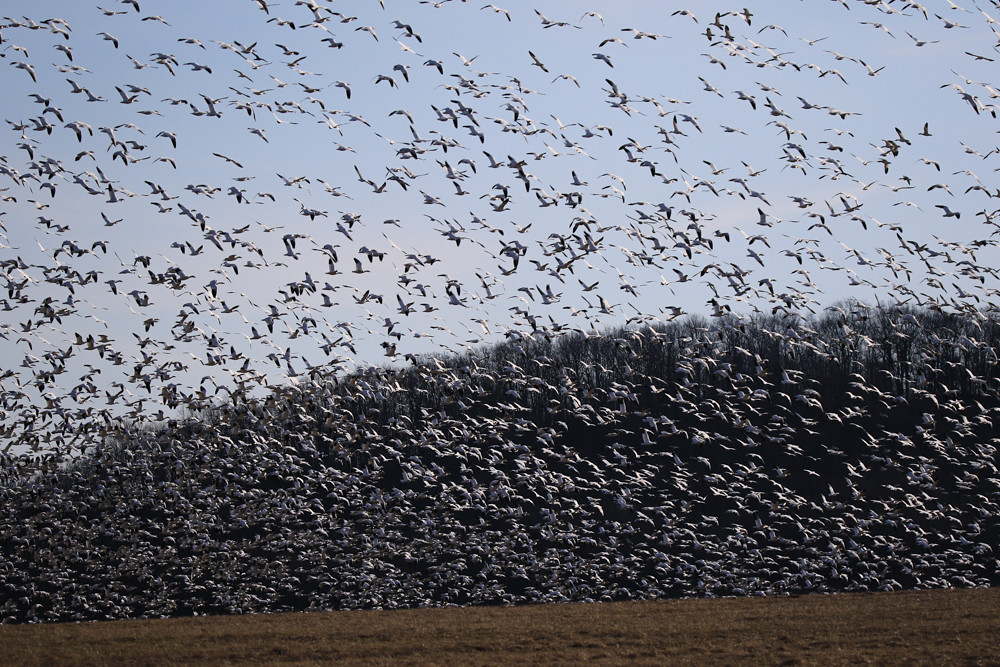
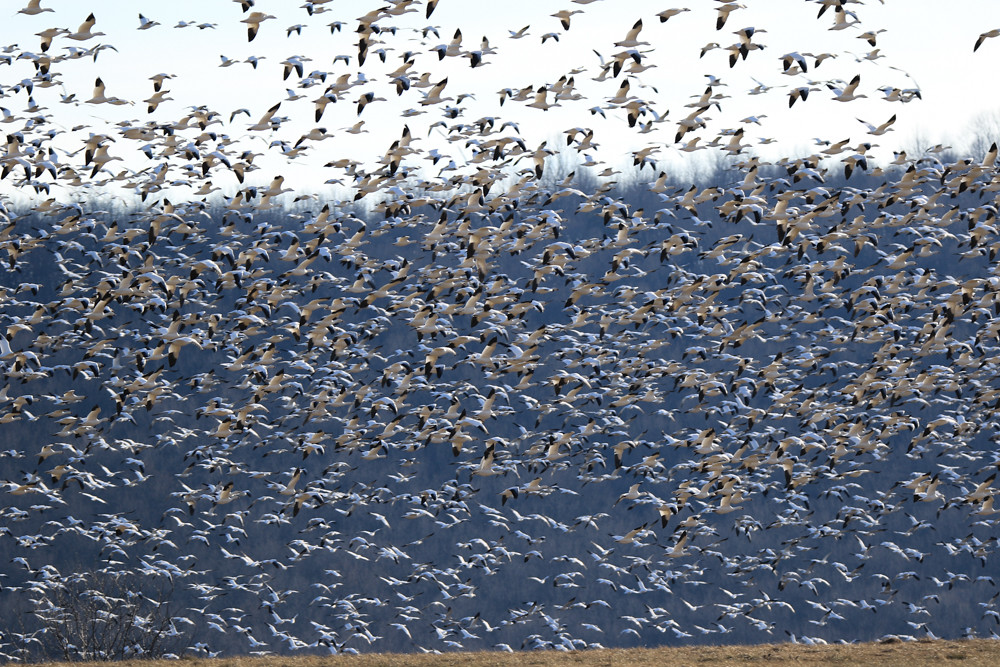
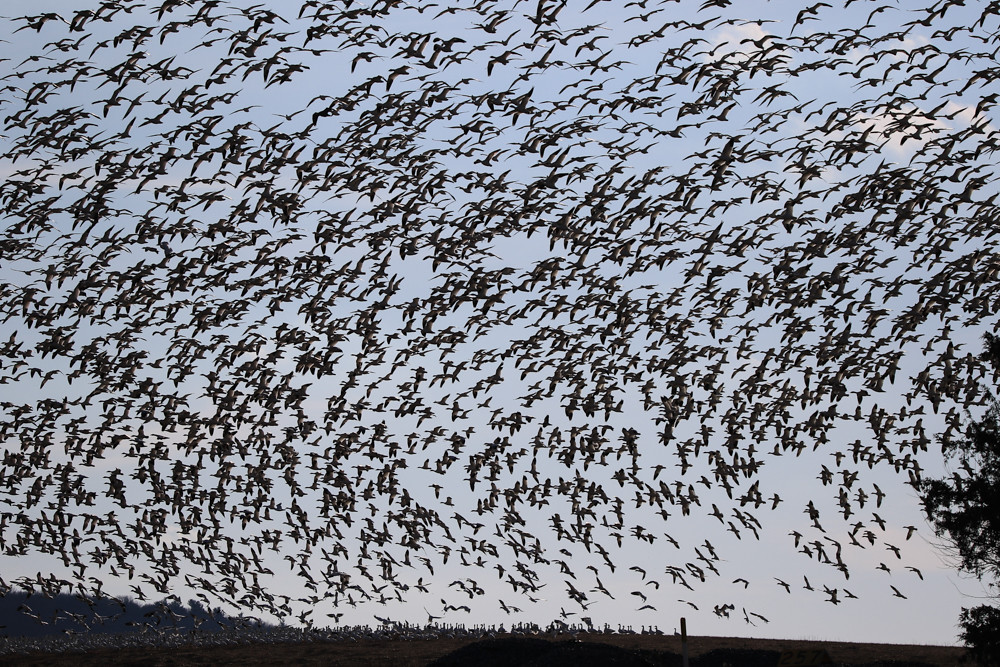
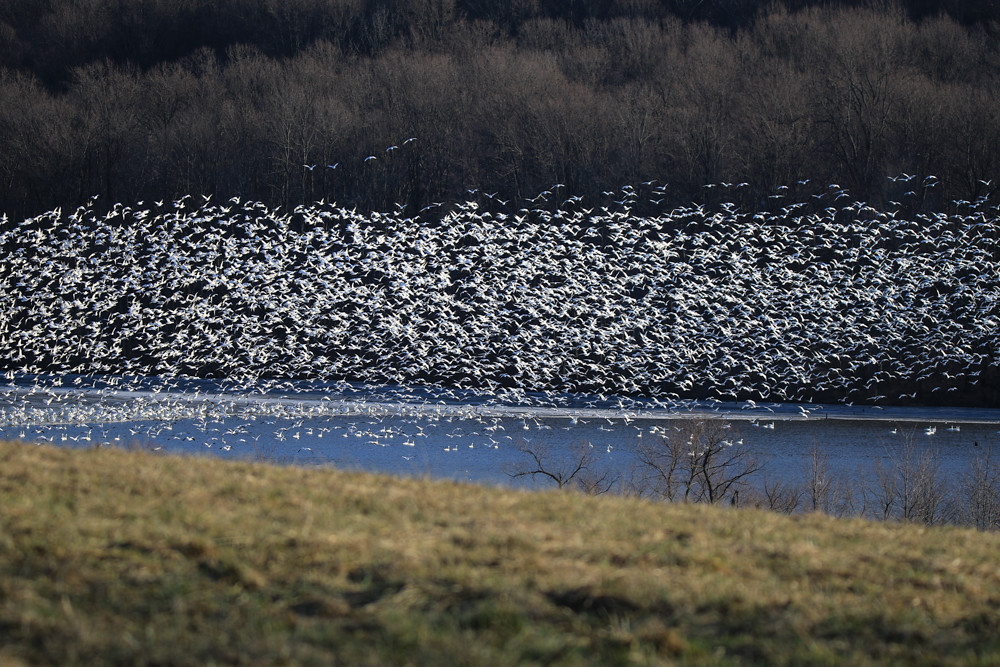
There is a state wildlife preserve in the Amish country of Pennsylvania called Middle Creek. Every February, thousands of snow geese stage there on their way north. This is where we caught them:
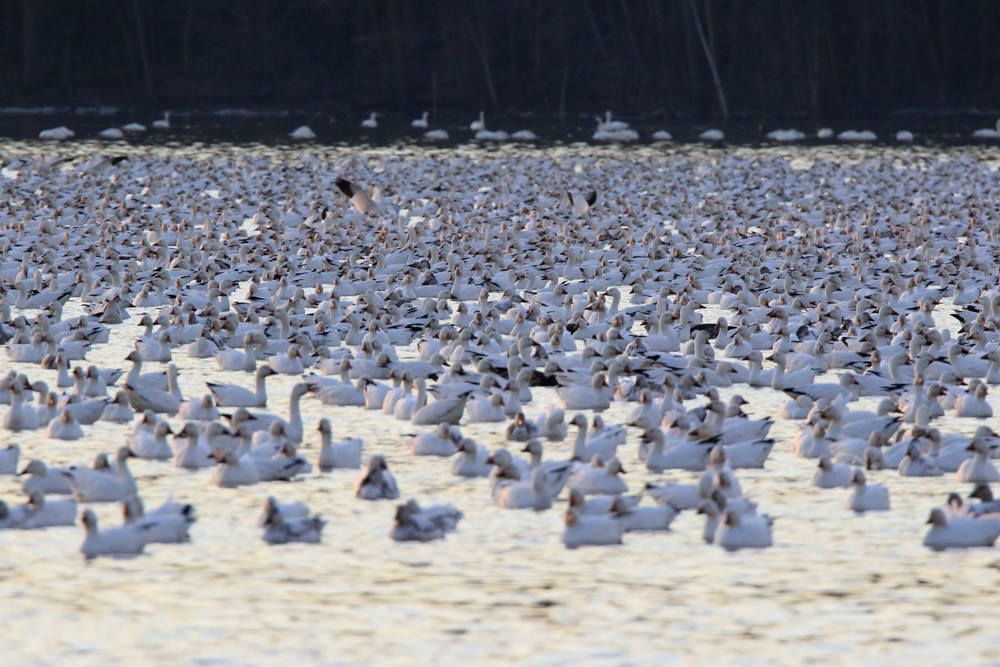
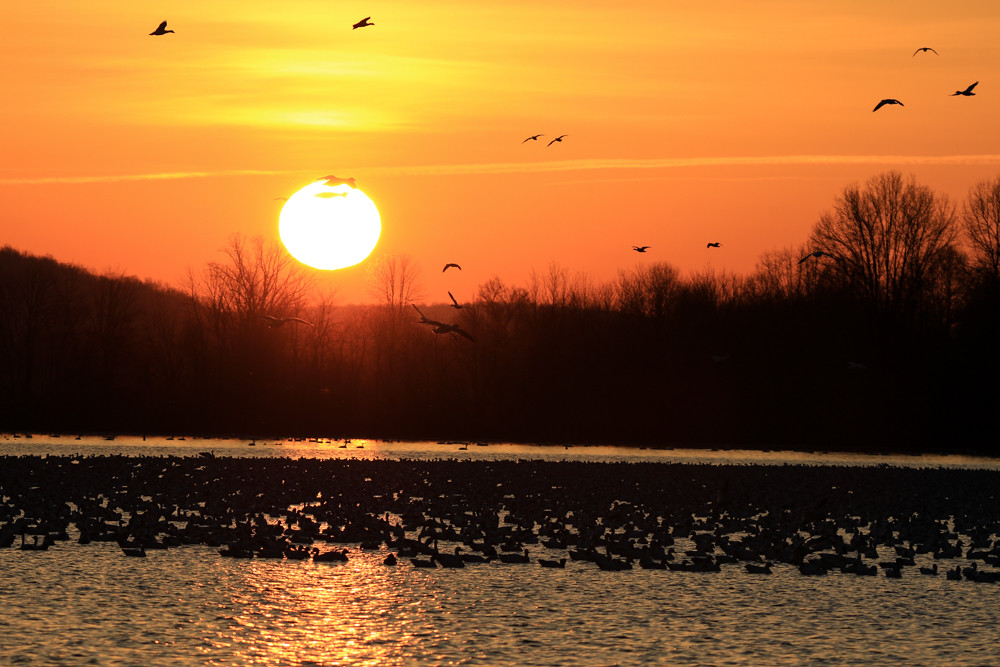
The week after, the Middle Creek rangers posted their counts: this flock was at estimated 65,000 geese.
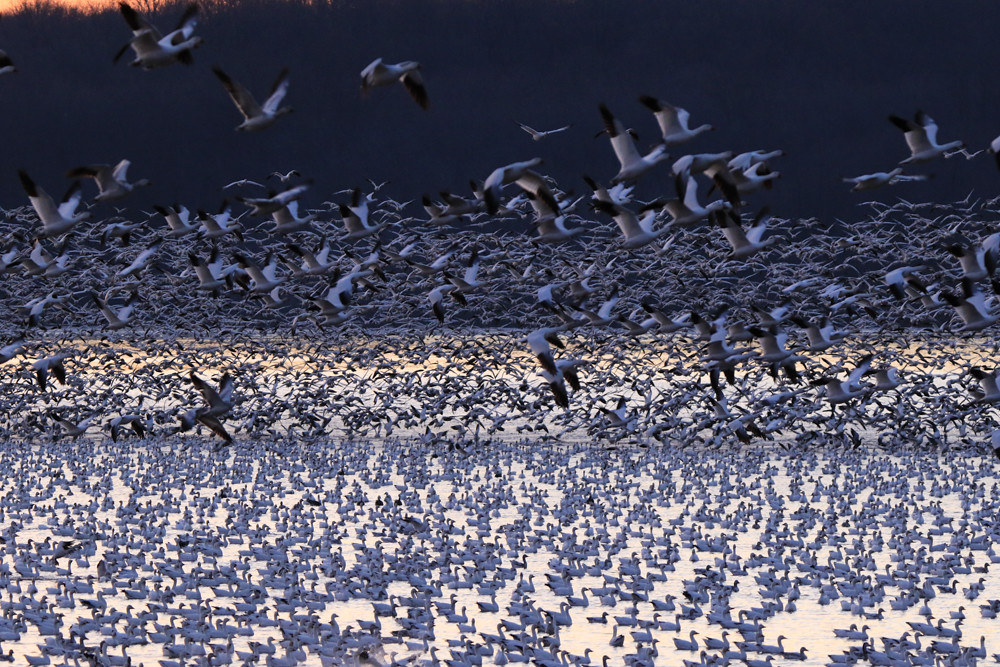
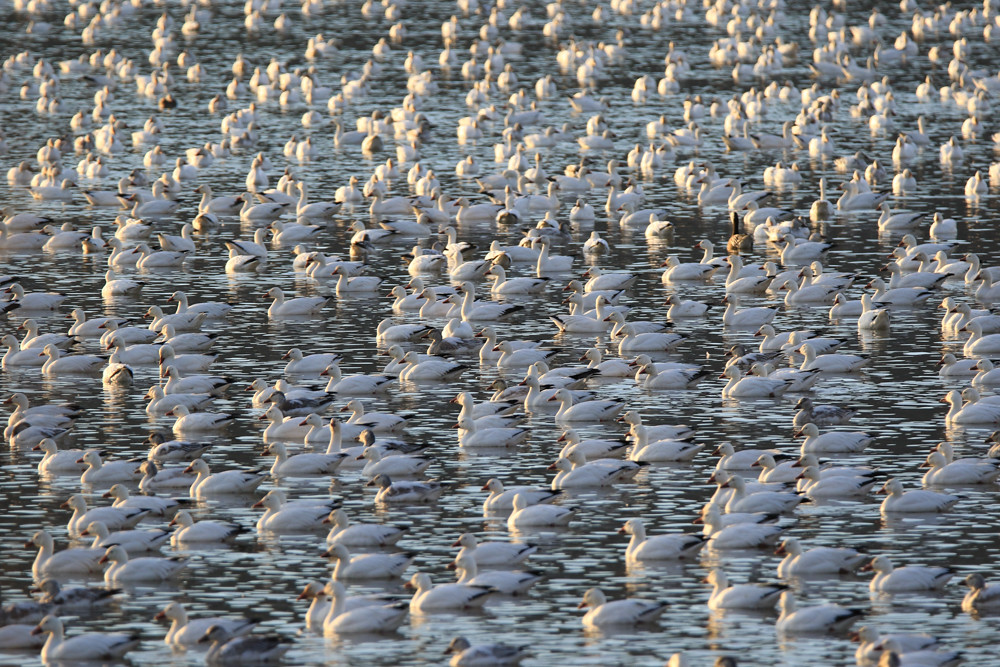
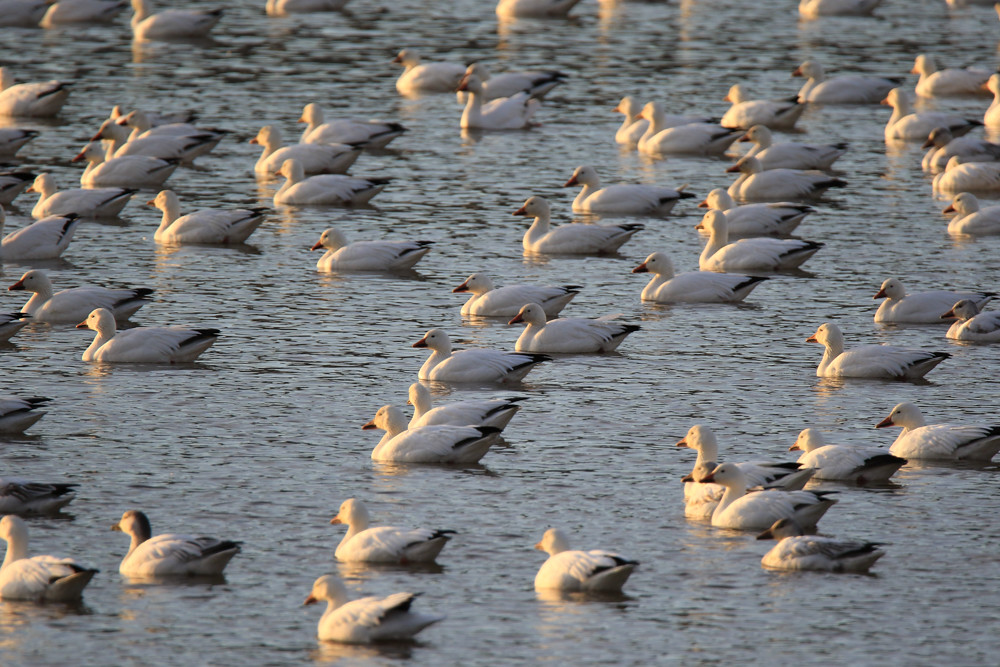
We weren't the only ones there. The place was full on tourists and photographers, even early in the morning:
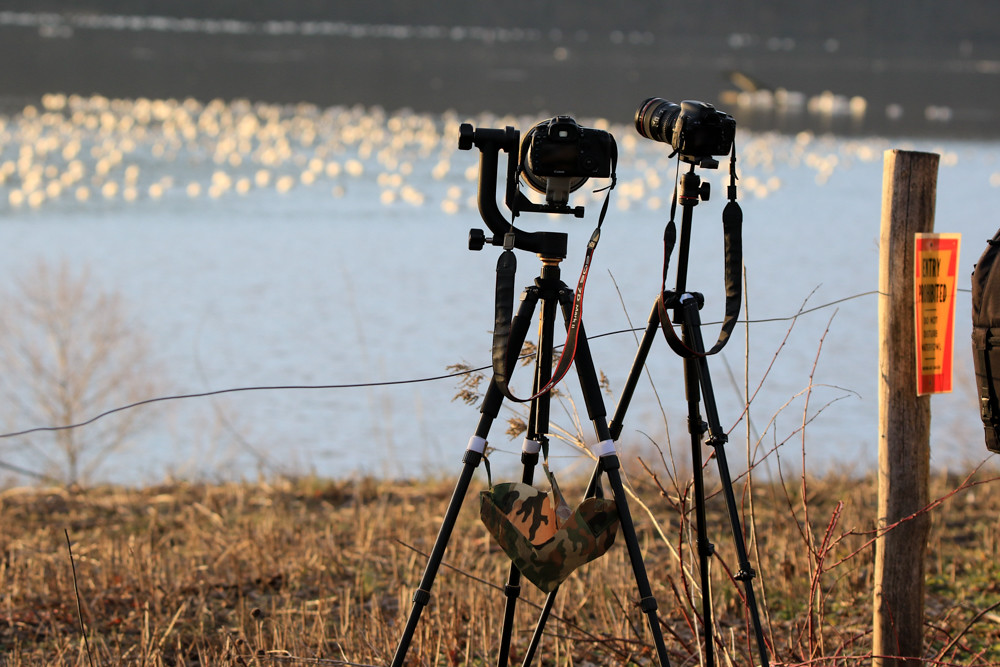
Even the local Amish made their way to see this spectacle.
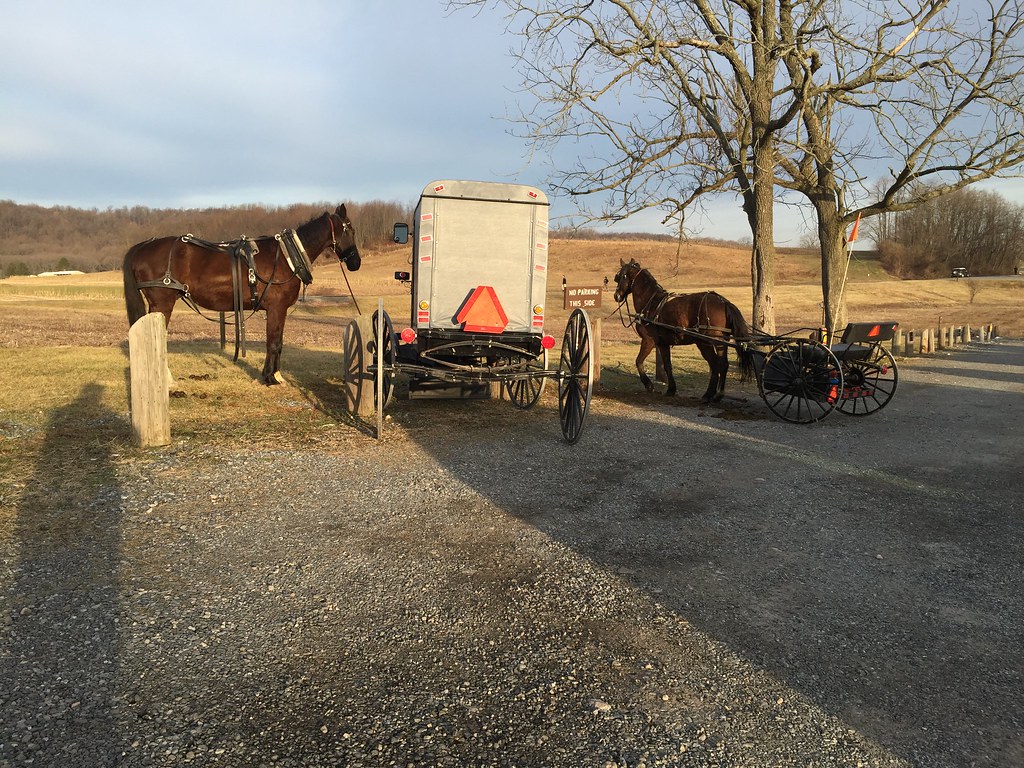
All of us where trying to catch this moment, when all 65,000 birds take off as one at the same time at sunrise:
Once the sun rises, the geese migrate to the neighboring fields to feed:
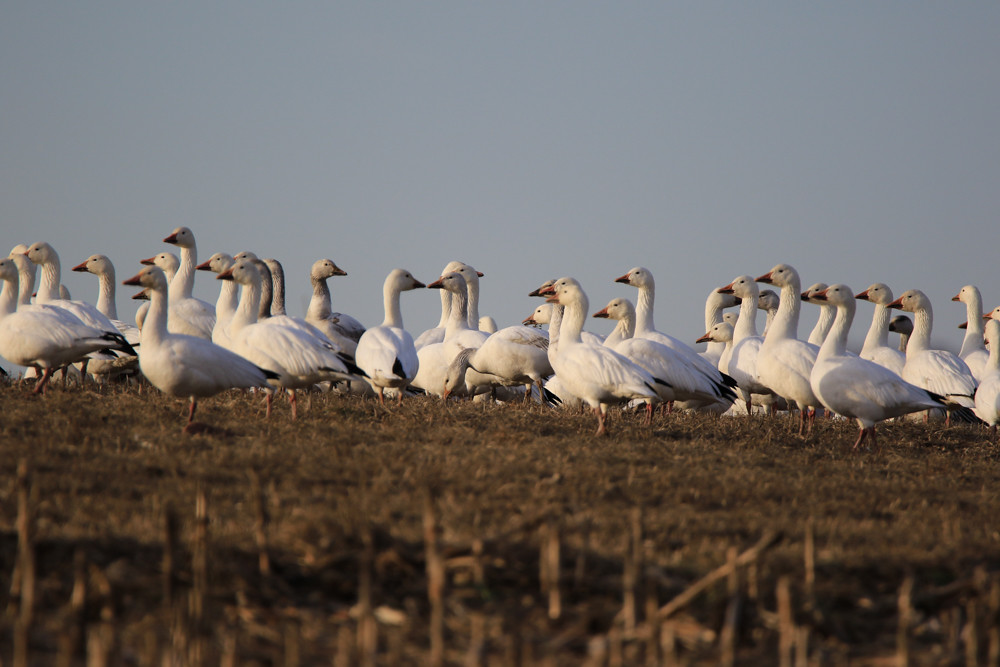
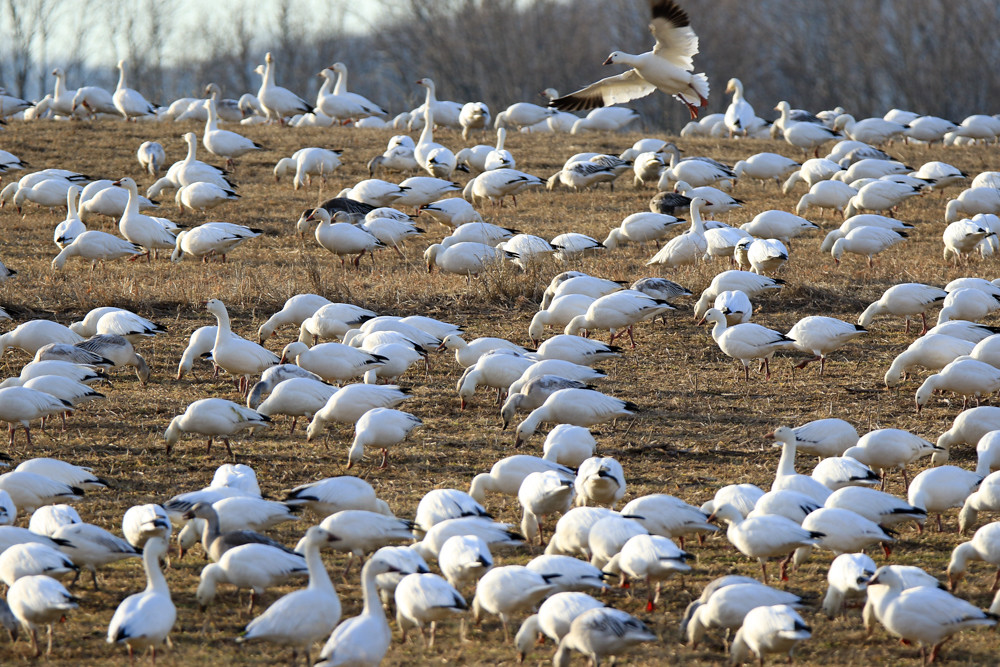
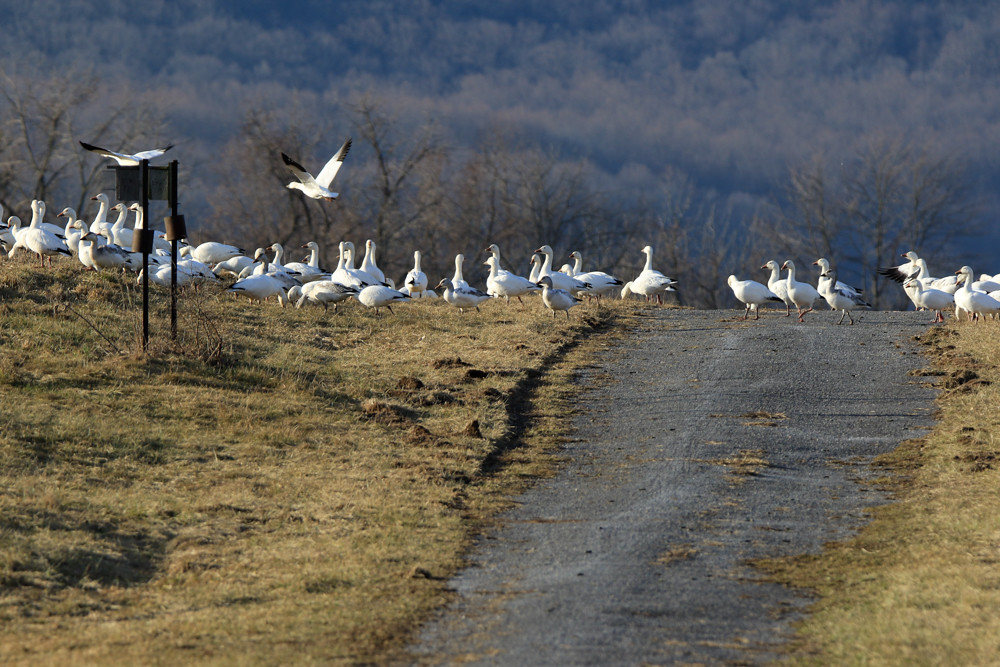
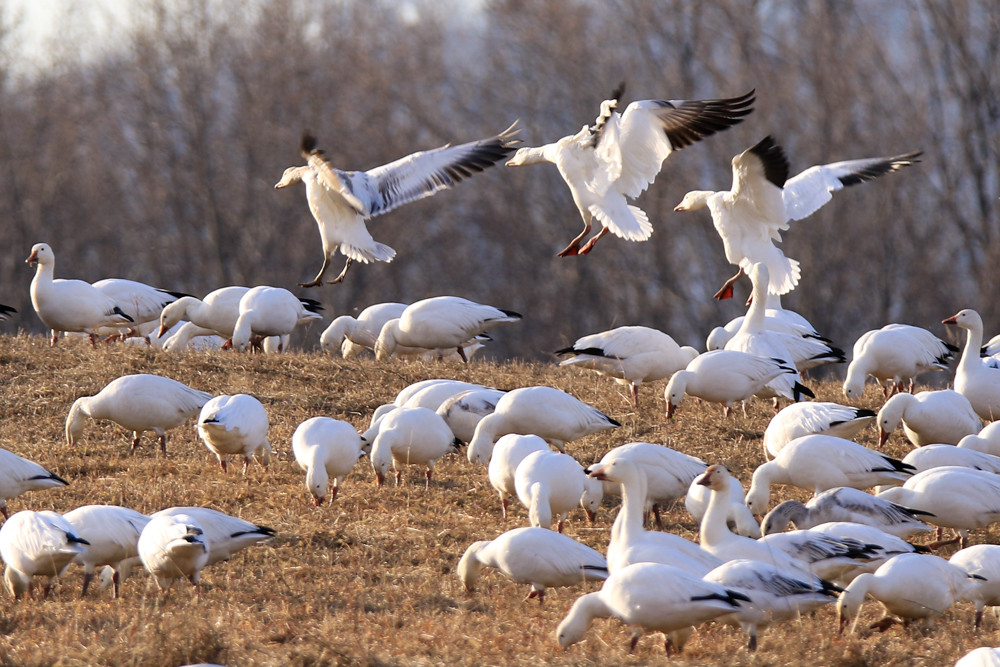
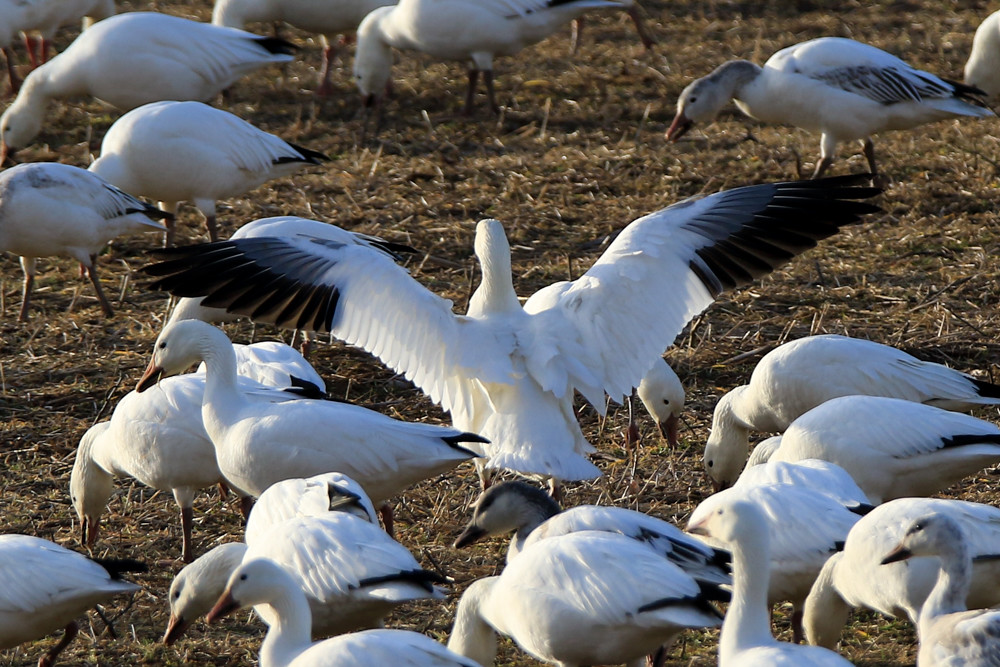
Approximately 5% of snow geese are not white, but dark - they are called "blue morphs", and they mostly occur in these eastern US flocks. (The bird in the back is a juvenile.)
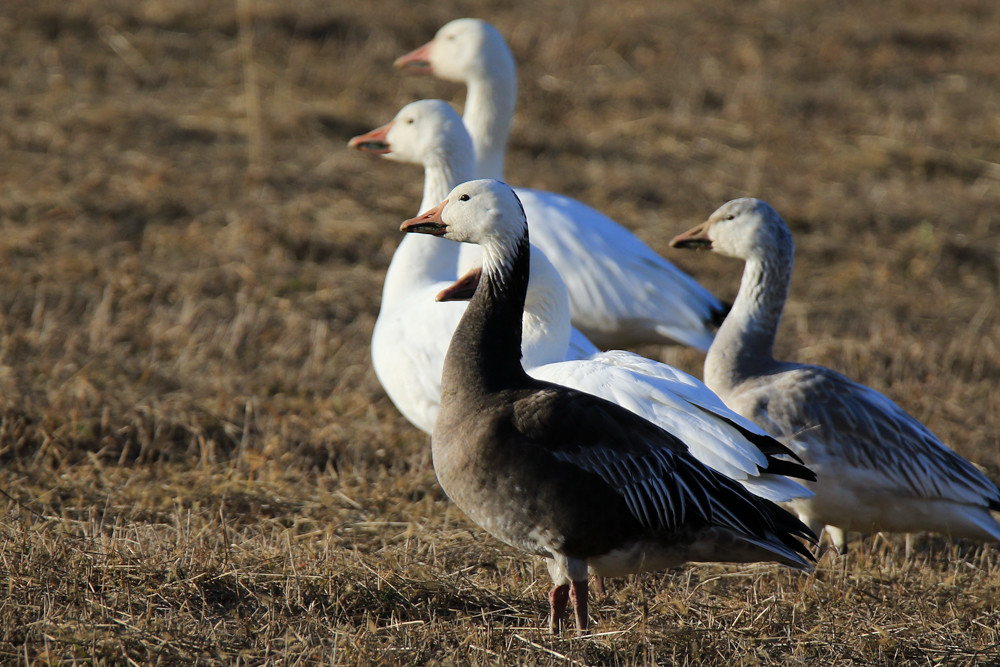
And here is a classic, individual snow goose:
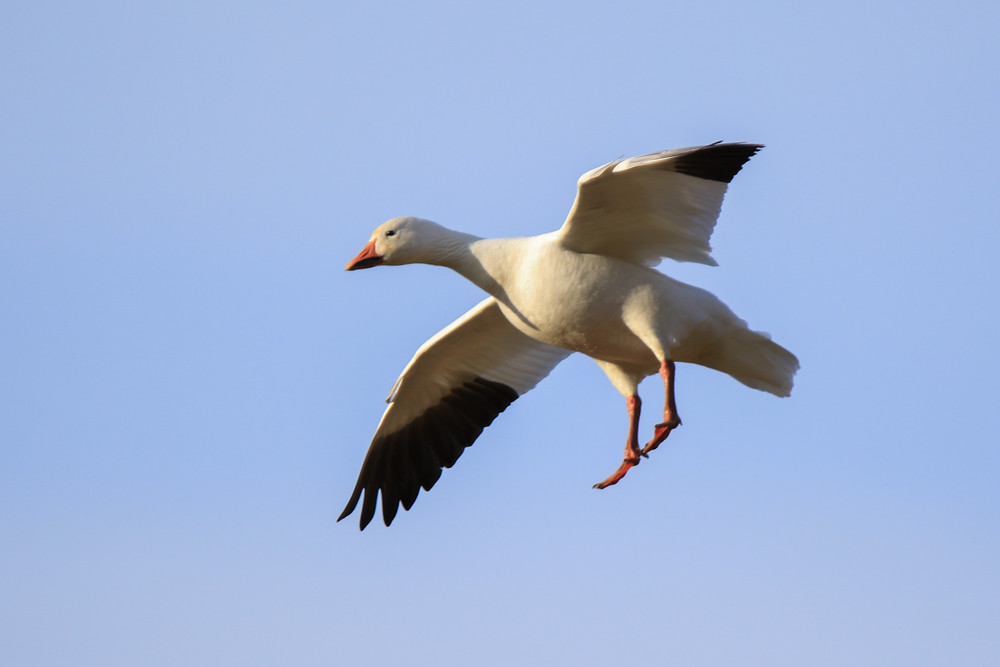
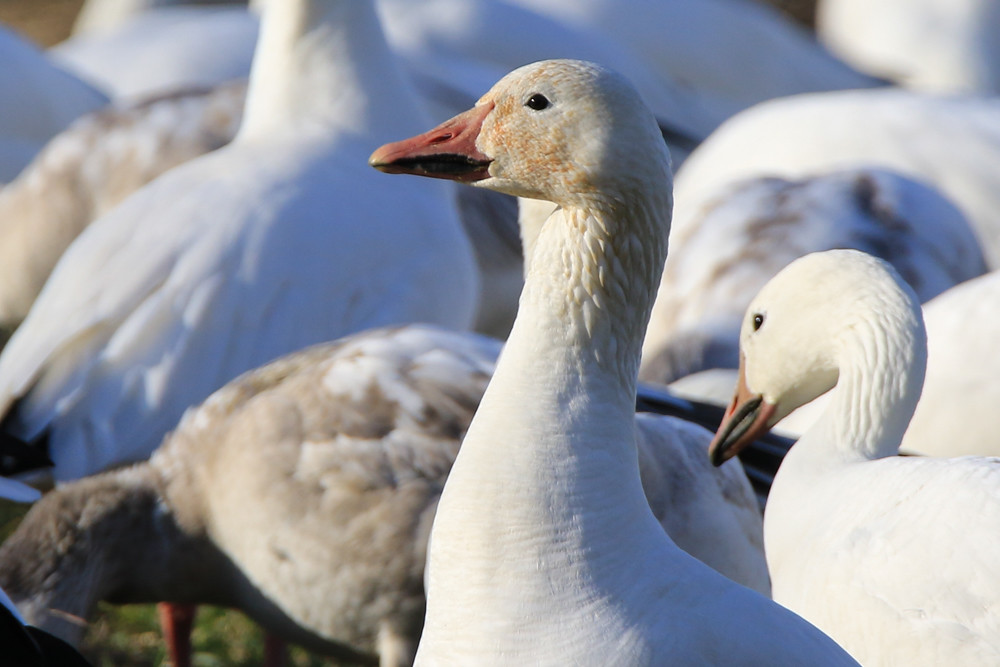
Along with the snow geese, the lake held 5,000+ tundra swans. They are our smallest swans, but they are still bigger than any goose. They winter and summer on the same grounds as the geese, though.
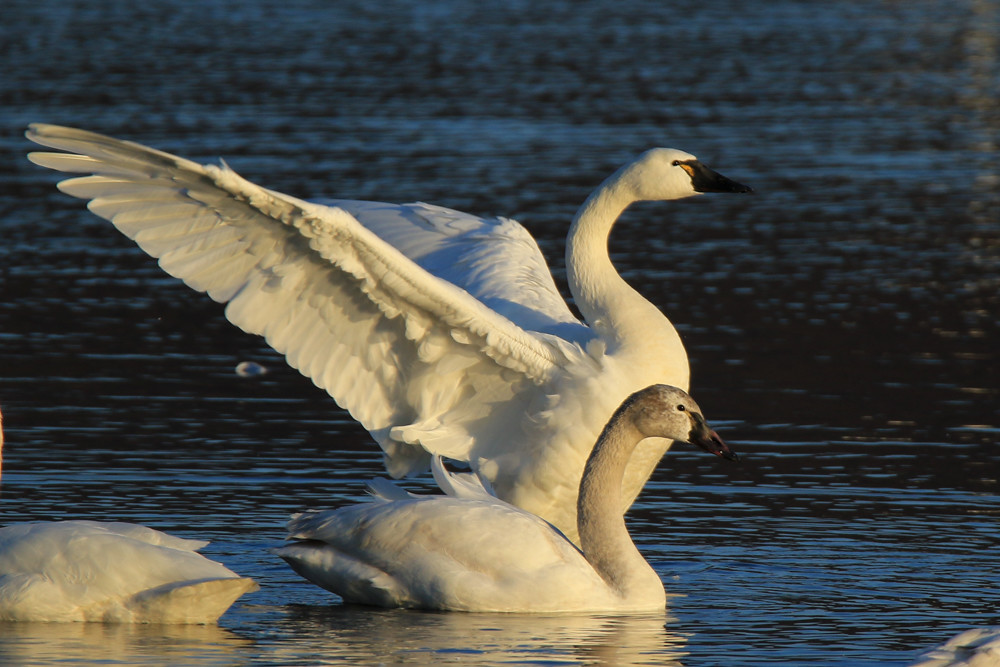

No comments:
Post a Comment